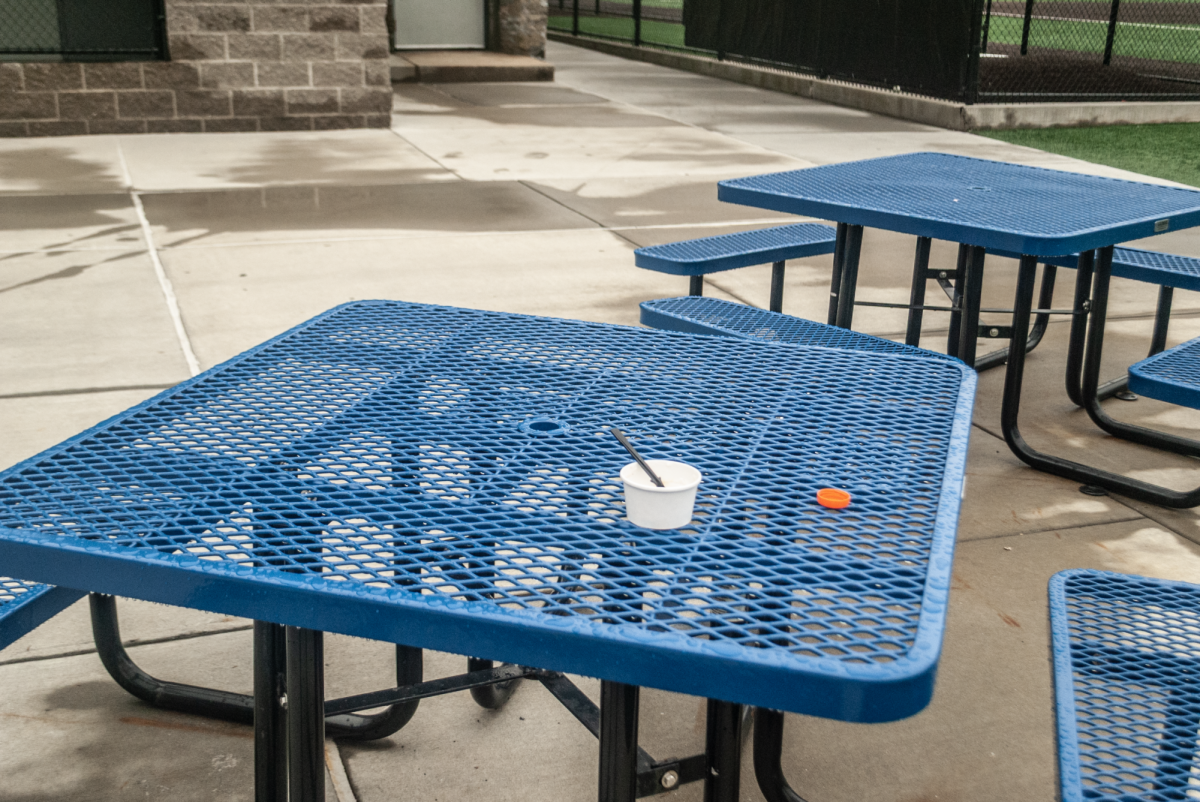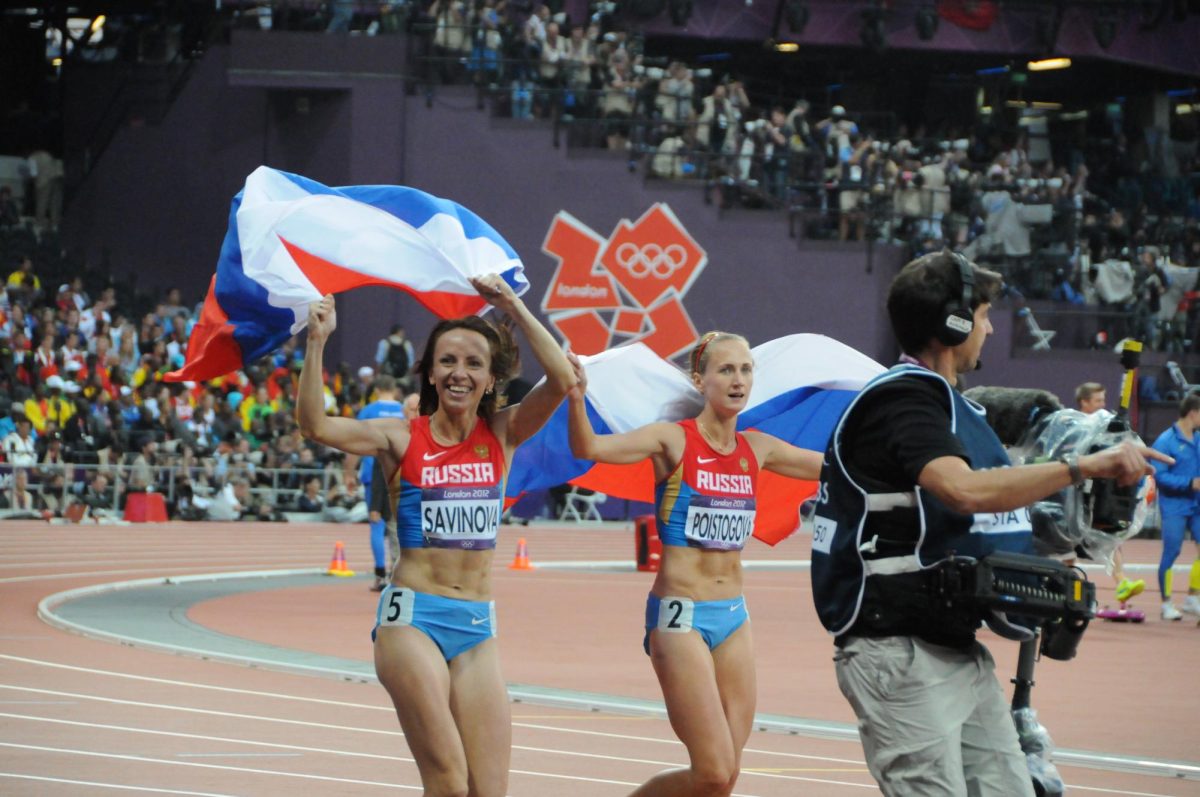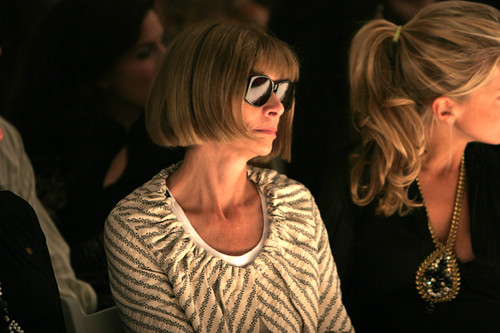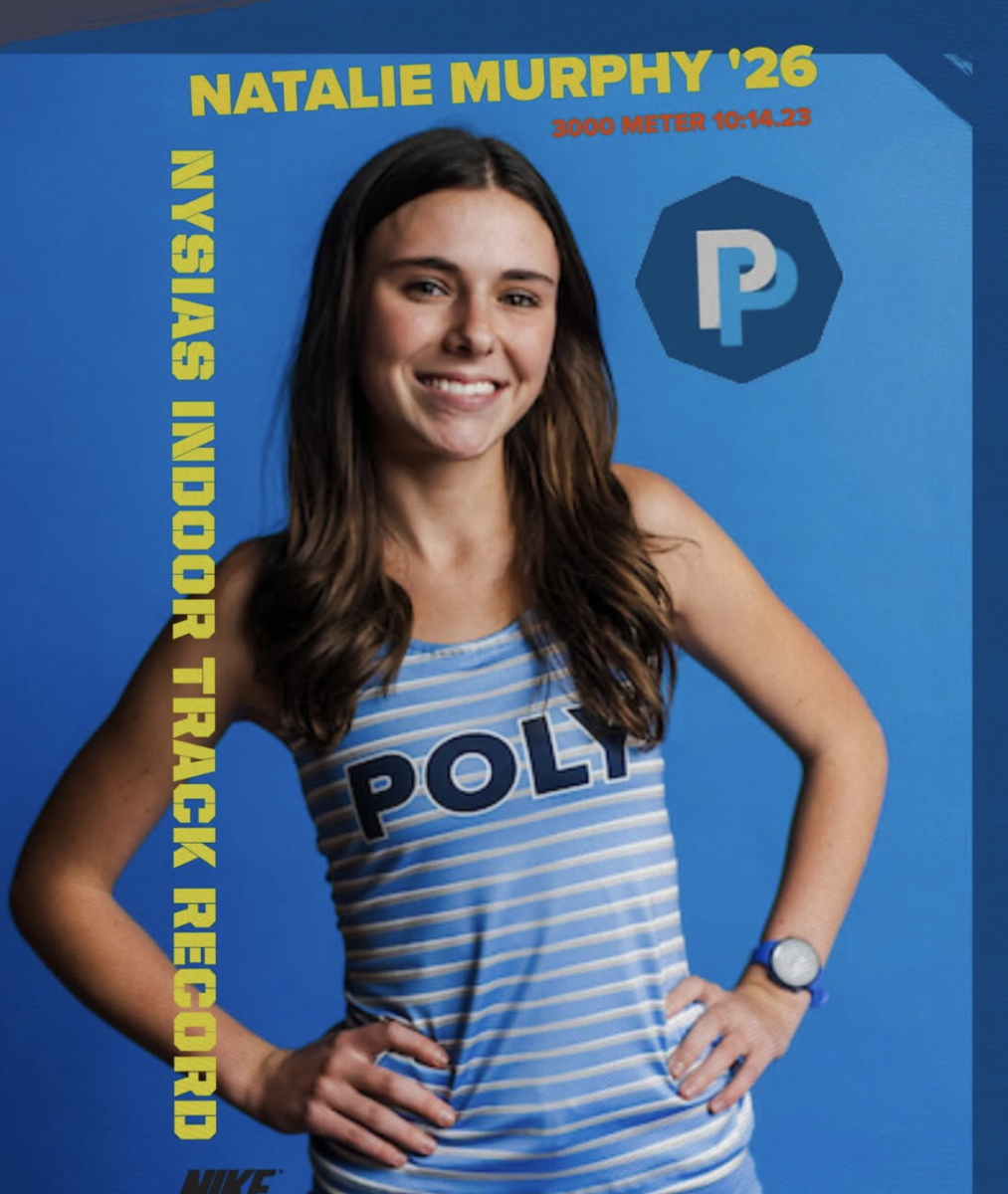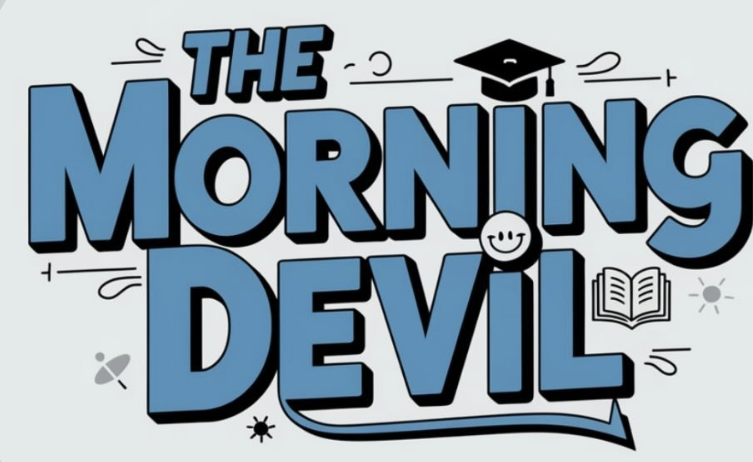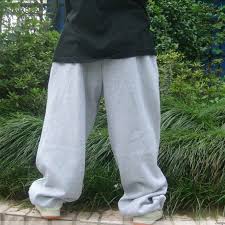
If you only take away one thing about fashion at Poly Prep, let it be this: the style here is an eclectic mix of individuality, comfort, conformity, and quiet confidence. Students roam the halls in everything from baggy sweatpants to bold colors, reflecting a school culture where some choose self-expression through clothes, and others just want to get to class in something cozy. Poly’s dress culture doesn’t follow a single trend; instead, it reflects the diverse personalities that comprise the student body. On any given day, it’s just as likely you’ll see someone dressed like they’re headed to a fashion internship as you are someone who’s clearly rolling with whatever was clean that morning.
Head of the Arts Department Laura Coppola stresses the importance of embracing one’s inner voice through fashion choices in order to fully showcase one’s true self. In her classroom, she sees firsthand how clothing can reflect confidence and personal growth, especially for students who view style as a tool of self-expression rather than a uniform. “I think it’s good to find your own creative voice through fashion,” said Coppola. “Some students obviously like to dress more towards that voice and towards themselves than others.” Not only does she notice how her students dress, but how they also use fashion as their individual art form.
Despite this potential for creativity, Coppola has noticed a more subtle pattern: “What I see is more students use fashion to conform as opposed to self-expression.” The popularity of matching sweat sets, UGG slippers, and black leggings proves that many students dress to fit in with the social landscape around them rather than stand apart. Hallways are flooded with near-identical outfits: oversized hoodies paired with the same style of black leggings and the ever-present cozy slippers. This visual uniformity signals more than shared taste; it reflects an unspoken dress code rooted in belonging and social ease. There’s safety in conformity, and for teenagers navigating social pressure, blending in can feel easier than making a bold statement. Choosing to stand out in a crowd can be difficult, like wearing a bright colored striped sweater on a rainy day when everyone else is confined to their sweats. In environments where sameness is the norm, even small deviations — a loud print, an old pair of shoes, or a vintage jacket — can be labeled as “trying too hard” or “doing the most.” What’s bold isn’t always geared to be attention-seeking; sometimes, it’s the choice to wear something personal, meaningful, or simply out of the ordinary. The mundane becomes a quiet code of acceptance, and anything outside it can feel like a silent rebellion. Madeline Gross ’26 added, “I think most judgment when it comes to fashion is not from others — [it is] more internal.” This internal pressure, Gross suggested, might be why some students dress more conservatively or hesitate to wear riskier or unconventional outfits.
Gross then offered a more realistic take on fashion at school, noting, “We have to have a little bit of a higher dress code to the fact where people aren’t wearing pajamas to school.” While Poly doesn’t enforce a strict dress code, students are still mindful of presenting themselves a certain way, some more than others. There’s an unspoken line between looking effortlessly casual and coming to school looking like you just woke up from a nap, and students often navigate that boundary differently. Even in a space that encourages individuality, people believe there should be a subtle pressure to look put together — a silent agreement that, while sweats are still acceptable, they should still look intentional. Some students believe that when walking into class, looking presentable signifies engagement, effort, and a certain level of seriousness. As Gross touches upon, at a school like Poly, where academic and personal excellence are emphasized, how students choose to dress can reflect their awareness of the community’s expectations and their place within it.
school, noting, “We have to have a little bit of a higher dress code to the fact where people aren’t wearing pajamas to school.” While Poly doesn’t enforce a strict dress code, students are still mindful of presenting themselves a certain way, some more than others. There’s an unspoken line between looking effortlessly casual and coming to school looking like you just woke up from a nap, and students often navigate that boundary differently. Even in a space that encourages individuality, people believe there should be a subtle pressure to look put together — a silent agreement that, while sweats are still acceptable, they should still look intentional. Some students believe that when walking into class, looking presentable signifies engagement, effort, and a certain level of seriousness. As Gross touches upon, at a school like Poly, where academic and personal excellence are emphasized, how students choose to dress can reflect their awareness of the community’s expectations and their place within it.
Furthermore, in September, students often arrive with polished outfits from previous summer trends and fresh energy for the upcoming school year. But as the months go on and classes become harder, style choices shift more towards functionality, warmth, ease, and getting through the school day. Abigail Mangerson ’26 reflected on how fashion at Poly shifts as the school year progresses. “At the beginning of the year, [students] use fashion to express their identity, but at this point in the year, it’s just for comfort,” she said. With warm weather approaching and radiating the students’ spirits, the end-of-year energy rises. Who knows what styles might show up next? As Masoume Khonsari ’27 stated, “I feel as though there is room for improvement for the style at Poly. Things are always changing, and you never really know what someone’s going to wear.”


